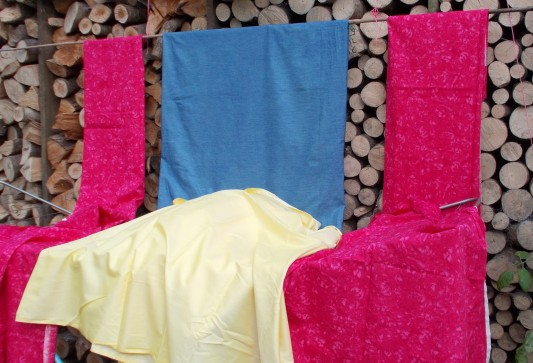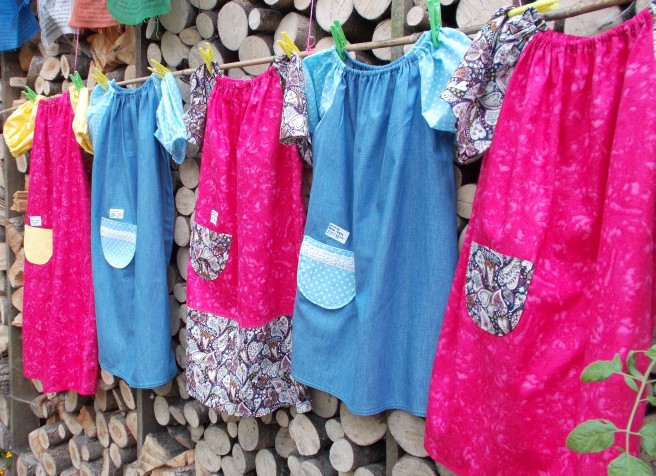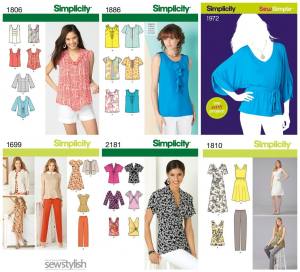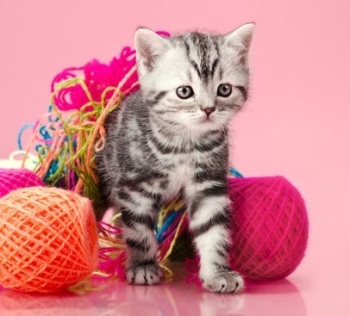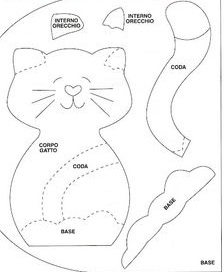(In case you’re wondering, my conversation with Consumer Advice re opening of patterns purchased on-line is still ongoing and so I am not yet ready to post anything. WRT objectively faulty or misdescribed patterns, whether purchased online or in person, please see my earlier post here)
Me
When it comes to the crunch, I’m retired with a small pension, and I don’t actually need to work if I live in a reasonably-frugal, but not uncomfortable, way.
I could sit on the sofa and eat bon-bons all day if I wanted – but then I’d be the Enormously-Obese Lady who does nothing, not the Fat Lady who sews. No, not a good idea.
Why I sew
I sew because I enjoy sewing for its own sake – I revel in the ingenuity of the machinery, for one thing! and a ruffler attachment delights me – as well as to fulfil creative urges. I love fabrics of all sorts and enjoy the hunt for lovely ones almost as much as actually finding them – being retired, I have the time to do this, and being in Lancashire I often find sources, and surprises, almost on my doorstep.
Oh, and I sew because it’s often easier, faster and cheaper for me to sew for myself than it is to buy clothing that fits, that I like, that is of decent quality AND which comes from an acceptably-ethical-to-me source.
Why I buy so much fabric …
Add to the last two paragraphs above, the indisputable fact that the Fat Lady cannot resist a bargain, and what do you think happens when she lights on Egyptian cotton, soft as silk and almost as drapey, or a pure natural linen, or a wool gauze, and finds out they cost £1 – £3 per metre?
Or sometimes even less per metre when she asks ‘How much is left on that bolt?’ and on being told, says ‘How much for the whole thing?’
What do you think happens when she comes across designer curtaining/light upholstery fabric – which you might find in Milan, London, Tokyo or Dubai for £100 or more per metre – for £3 – £8 per metre?
Well, let’s just say that all my friends have very expensive-looking curtains and sofa cushions, and I have unending piles of highest-quality bedlinen …
I also have cupboards, drawers and shelves piled ridiculously high – even unmanageably high! – with fabric. The tipping point came recently when I was offered the following three 100% cotton fabrics in quick succession:
- a traditional denim-blue chambray, 150 cm wide at £1/m
- a bright red Rose & Hubble poplin, 114 cm wide at £2/m
- an Egyptian-grown, UK-woven, very high threadcount, but lightweight (110 gsm), shirting/light dressweight single twill, 90 cm wide at £3/m.
All three fabrics are high-quality examples of their type. The shirting twill, in particular, is of a quality very hard to find nowadays at any price, let alone at £3/m!
So I bought 10 metres of each fabric, and then wondered what to do with them – and with all my other fabrics, too.
… and what should I do with it?
I suppose I could sell the fabrics, perhaps via Etsy or Ebay, but you know what? I can’t be arsed. If I wanted to earn money selling fabric, I’d ask my favourite market trader if she wanted to employ me occasionally.
Could I make things ‘on spec’ to sell – to a boutique, at a craft fair or on Etsy or Folksy? Well, I could – I’ve done it before – but do I want to? The answer to that, at least at present, is a big, fat ‘NO’.
I cut three metres off the chambray to keep for myself – I have a Burda pattern in mind, for which I think it will be ideal – and then, after overlocking all the newly-purchased fabric’s raw edges and putting it in the washing machine, I consulted Mr. Google, where I found
which delivers new, handmade cotton dresses (and shorts for boys) to projects for impoverished children in some of the poorest parts of the world. The website was a bit vague and not really up-to-date, so I contacted them through the website’s contact form, and received a prompt response. The UK organiser, Jacqui Onslow, visits Uganda regularly, as she is a trustee of an educational charity over there, and institutions and projects elsewhere are supported, too.
Well, there’s a bit of religion involved, apparently, which I have to say I’m very much opposed to on principle, but as I’m a pragmatic person and don’t particularly want to do voluntary work in rural sub-Saharan Africa myself, I’m glad that other people do. I know a university lecturer in nursing who regularly helps deliver modern nursing education in one of the poorest countries in the world; he’s never struck me as ‘religious’, so I was very surprised to learn that his and his colleagues’ efforts are sponsored by – I think – the Church of Scotland.
Personally I think it’s abhorrent that religion – in one guise or another – is so often an accompaniment to the provision of basic education, infrastructure and healthcare, but it’s even more abhorrent that corrupt governments and politicians accumulate vast wealth at the expense of poor folk who must suffer and die prematurely, illiterate, hungry and diseased, in squalor. So I’ll turn a blind eye to any bits of preachifying which might creep in here and there from good folk doing their bit to help. Count me out of any hallelujah praise the lord type of thing, though!
Anyway, I’m now making dresses for little girls. I can’t think of a better use for most of my cotton fabrics – can you?
More soon, when I’ve taken photos. Although I say it myself, some of them are very cute!



